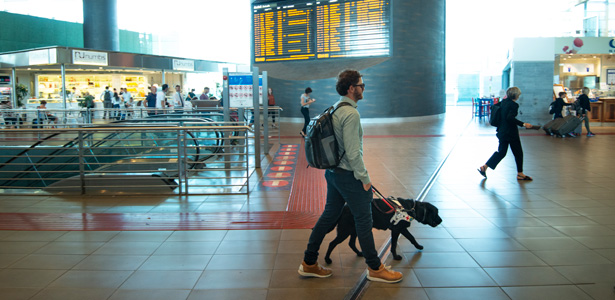
At the network's 620 busiest stations, we are carrying out a multiannual programme of restyling and structural and technological improvements, aimed at making it as easy as possible for passengers with disabilities or reduced mobility to use the spaces and services independently.
All new stations, on the other hand, are designed and built from the outset in compliance with national and European standards, in accordance with standards shared throughout the trans-European network and aimed at ensuring the best possible access to trains. These standards are defined by the Technical Specifications for Interoperability (TSI) of the EU railway system, relating both to accessibility for disabled persons and persons with reduced mobility (1300/2014/EU) and to the infrastructure subsystem (Reg 1299/2014/EU).
We constantly discuss all issues relating to station accessibility with the leading associations for disabled people, also with a view to defining guidelines for planning measures to overcome architectural and sensory barriers.